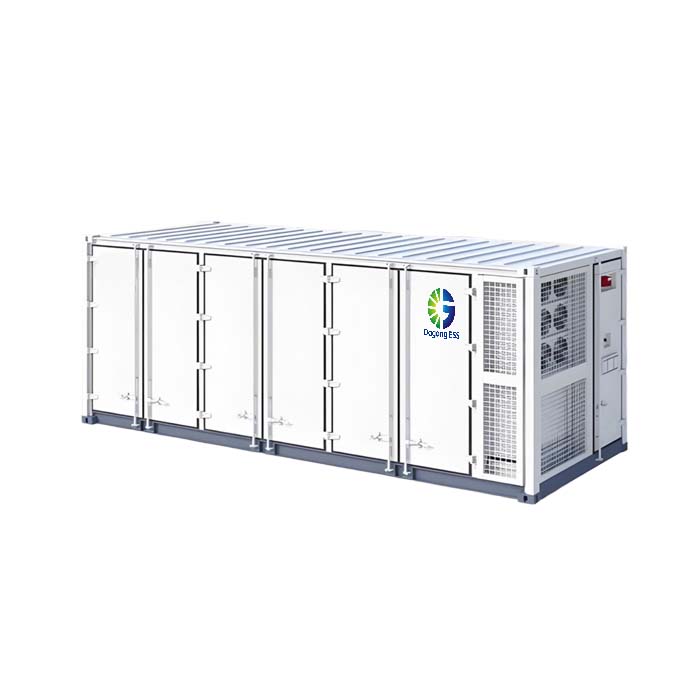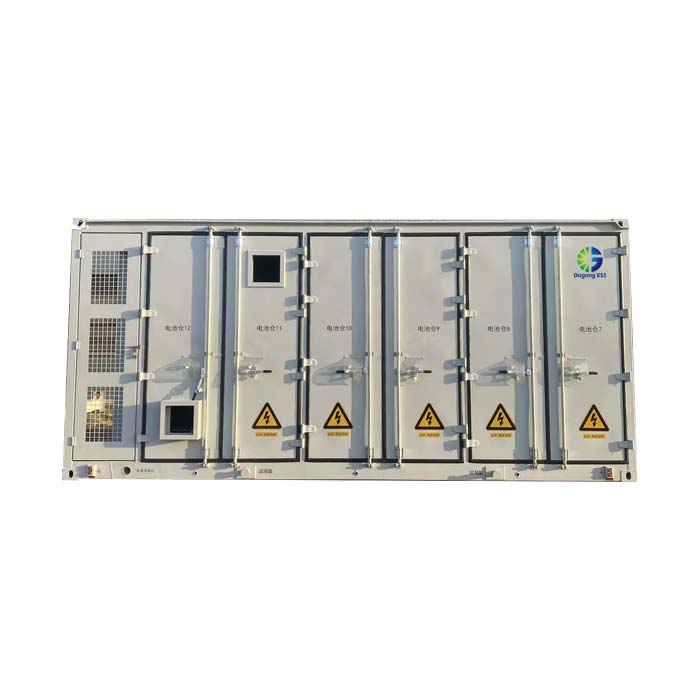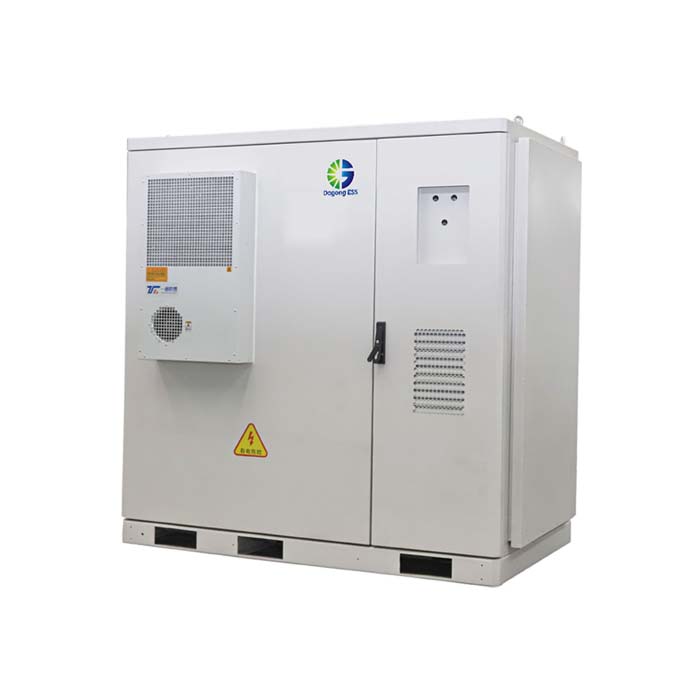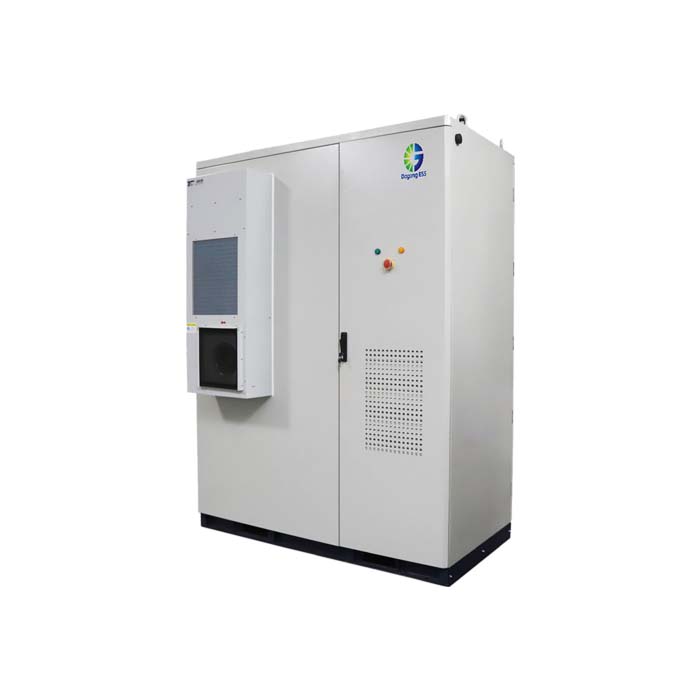Rechargeable Seawater Battery: The Future of Sodium-Based Energy Storage
What is a Rechargeable Seawater Battery?
A Rechargeable Seawater Battery (RSB) is an innovative sodium-based electrochemical energy storage system that utilizes natural seawater as its electrolyte. Unlike lithium-ion batteries, which rely on costly and scarce materials, seawater batteries employ abundant sodium ions (Na⁺) and dissolved oxygen from seawater to store and release energy.
During discharge, sodium metal at the anode is oxidized to Na⁺, releasing electrons that travel through an external circuit. At the cathode, oxygen from seawater reacts with these electrons to form hydroxide ions (OH⁻), completing the circuit. The reactions reverse during charging, enabling the battery to be reused multiple times.
This concept—originally introduced by POSTECH researchers in South Korea—represents a promising step toward sustainable, low-cost, and eco-friendly energy storage.
Types of Seawater Battery Systems
Seawater batteries can be categorized by their structural design and intended use cases:
Laboratory Prototype Systems:
Early models primarily focused on verifying the feasibility of sodium–air reactions in seawater environments. These typically operated at small scales with limited cycle life.Semi-Commercial Modules:
Modern research now integrates solid-state electrolytes like NASICON (Na₁₊ₓZr₂SixP₃₋ₓO₁₂) to isolate seawater from sodium metal, improving stability and extending cycle performance.Hybrid ESS Integration:
The future trend points toward combining seawater batteries with large-scale containerized ESS platforms such as Dagong ESS 3.35MWh Liquid-Cooled or 5MWh Air-Cooled Container ESS. These hybrid configurations could enable marine-based energy storage and offshore renewable systems.
Features of Rechargeable Seawater Batteries
| Feature | Description |
|---|---|
| High Safety | Uses aqueous electrolyte, eliminating flammable solvents. |
| Abundant Raw Materials | Sodium and seawater are virtually limitless. |
| Eco-Friendly Chemistry | No toxic heavy metals or complex recycling process. |
| Low Cost | Significantly cheaper than lithium-ion due to raw material availability. |
| Moderate Energy Density | Typically ranges between 100–200 Wh/kg, comparable to lead-acid systems. |
| Long-Term Potential | Ideal for stationary and marine energy storage applications. |
In advanced energy systems like those developed by Dagong ESS, integrating sodium-based technologies could further diversify the company's renewable energy storage portfolio, enhancing sustainability and cost efficiency.
Applications of Seawater Battery Technology
Seawater battery technology is particularly suitable for:
Marine and Offshore Energy Systems:
Used in offshore wind farms, ocean monitoring buoys, and island microgrids where seawater is naturally available.Renewable Energy Storage:
Supports intermittent sources like solar and wind by providing grid-balancing storage.Backup Power Systems:
Potentially adaptable for coastal industrial zones and seaports requiring safe, low-maintenance storage.
For large-scale deployments, Dagong ESS's containerized solutions—including the 3.35MWh Liquid-Cooled and 5MWh Air-Cooled ESS—offer modular configurations that can integrate emerging sodium-based or seawater battery modules for hybrid storage architectures.
Price of Rechargeable Seawater Battery Systems
Currently, the commercial cost of rechargeable seawater batteries remains under evaluation, as the technology is still in the pilot and pre-commercial stages.The price of an energy storage system depends on multiple factors such as battery chemistry, capacity range, cooling technology, and system configuration.
For specific quotations and technical designs, customers should consult professional suppliers like Dagong ESS.
How to Select a Seawater or Sodium-Based ESS for Your Project
When considering seawater or sodium-based energy storage systems, project developers should evaluate:
Energy Capacity & Cycle Life: Match system scale (kWh–MWh) to expected load and usage frequency.
Environmental Conditions: Marine applications require corrosion-resistant materials and sealing systems.
Cooling and Thermal Management: Depending on size, select appropriate cooling systems such as Dagong ESS 100kWh Air-Cooled or 372kWh Liquid-Cooled ESS.
Integration Flexibility: Ensure compatibility with existing PV, wind, or grid-connected infrastructure.
Dagong ESS provides customized energy storage solutions tailored to diverse environments—including coastal, offshore, and industrial projects.
How Long Does a Rechargeable Seawater Battery Last?
The cycle life of current seawater battery prototypes ranges between 300 and 1000 cycles, with ongoing research pushing beyond this range.
In contrast, Dagong ESS lithium iron phosphate (LFP) systems already achieve 6000+ cycles and 15+ years of lifespan, setting a strong benchmark for future sodium-based system targets.
As solid electrolyte materials improve and interface stability advances, seawater batteries are expected to achieve commercial viability with lifespans exceeding 10 years for stationary storage.
The Supplier of Sodium-Based and Advanced ESS Solutions
A reliable supplier should offer comprehensive expertise in battery chemistry, system integration, and safety management.
Dagong ESS, as a global manufacturer specializing in commercial and industrial ESS solutions, provides a full range of systems—from 100kWh Air-Cooled ESS to 5MWh Containerized Energy Storage Units—with proven safety, modular design, and long service life.
With continuous innovation in sodium-based and hybrid storage technologies, Dagong ESS aims to support the global transition toward renewable, low-carbon, and sustainable energy systems.
If you are interested in Rechargeable Seawater Battery or Sodium-Based Energy Storage Systems, please contact Dagong ESS.📧 Email: sales@dagongess.com








